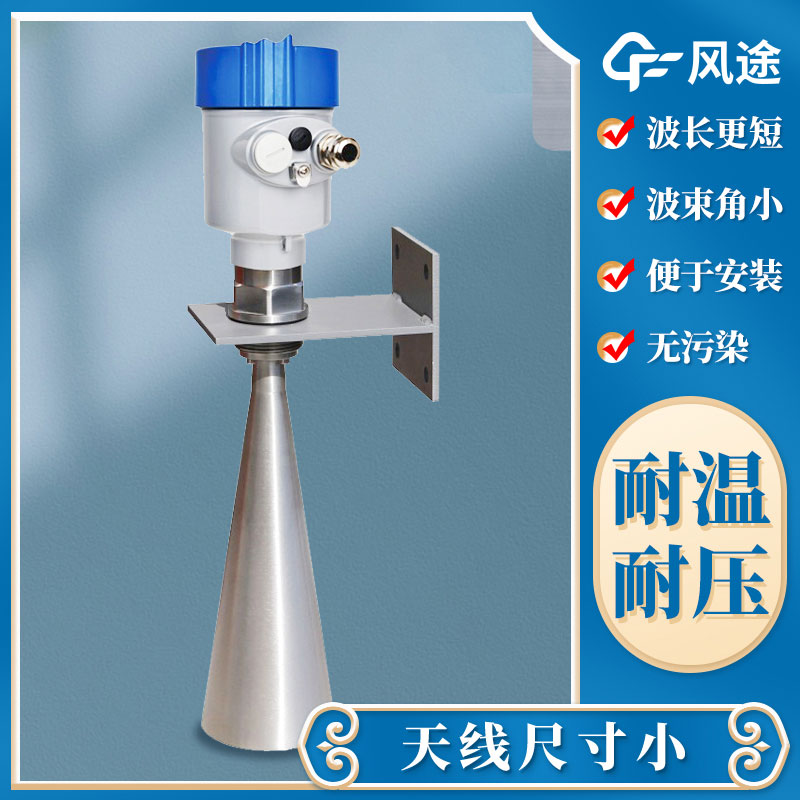Shandong Fengtu IOT Technology Co., Ltd
Sales Manager:Ms. Emily Wang
Cel,Whatsapp,Wechat:+86 15898932201
Email:info@fengtutec.com
Add:No. 155 Optoelectronic Industry Accelerator, Gaoxin District, Weifang, Shandong, China

Sales Manager:Ms. Emily Wang
Cel,Whatsapp,Wechat:+86 15898932201
Email:info@fengtutec.com
Add:No. 155 Optoelectronic Industry Accelerator, Gaoxin District, Weifang, Shandong, China
time:2023-09-07 17:17:57 source:Weather Station viewed:1043 time
What is the difference between ultrasonic level meter and radar level meter? Many people are puzzled by this, today I will explain the difference between the two.
Ultrasonic level meter mainly through ultrasonic waves to determine the height of the liquid medium position, and radar level meter through the radar judgment, which is the biggest difference between the two. The specific distinction is this:
Ultrasonic level meter in the work, the sensor sends out ultrasonic waves, ultrasonic waves through the liquid level surface will be reflected, and then be received by the sensor and converted into an electrical signal, the use of the launch, the reception of time according to the formula can be calculated from the distance, which belongs to the non-contact measurement, because the instrument will not touch the medium almost, so the ultrasonic level meter will not be affected by the measurement medium.
Radar level meter sends radar signals, because radar waves run at the speed of light, and the time of operation through the device can be converted into position signals, from which the liquid level height. This also belongs to the non-contact measurement, suitable for liquid, slurry, granular material and other media measurement.

How to obtain rainfall data accurately? Maybe the rainfall monitoring station (FT-YJ1) is a correct choice. It can obtain more rainfall data in detail, including rainfall intensity, rainfall, rainfall time, etc. Rainfall data shall be accurate to year, month, week and day. On the basis of these, mor...
best rated weather stations for home can monitor wind speed, wind direction, temperature, humidity, air pressure, pm2.5, pm10, noise and other meteorological elements....
automatic weather station definition Automatic Weather Station (AWS) is an observation device that automatically collects, stores, and transmits weather information, an automated version of a traditional weather station....
Grid-based air quality monitoring is an air quality monitoring method based on grid-based spatial distribution. The monitoring area is divided into grid cells, and air quality monitoring data from air quality monitoring stations and meteorological data are used to predict and assess the air quality...